By Wang Qian
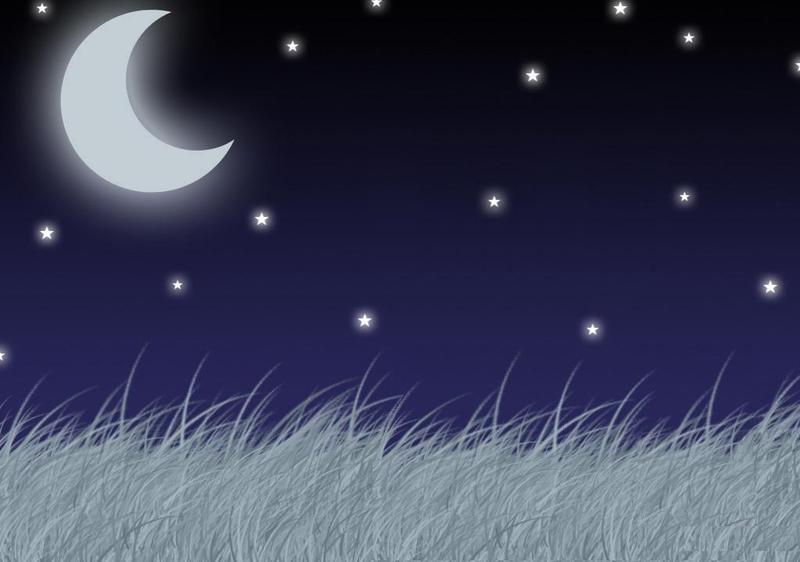
This Annie's Song just sings out my deep emotions and true feelings about poetry. In a sense, art is intended for the emancipation of all human senses including aural, visual,tactile and emotional etc. And poetry as a form of art does an excellent job in this respect. When I am reading a poem, all my senses are totally immersed in it so that I am totally bathing myself in “the double vision”, the real and the unreal.
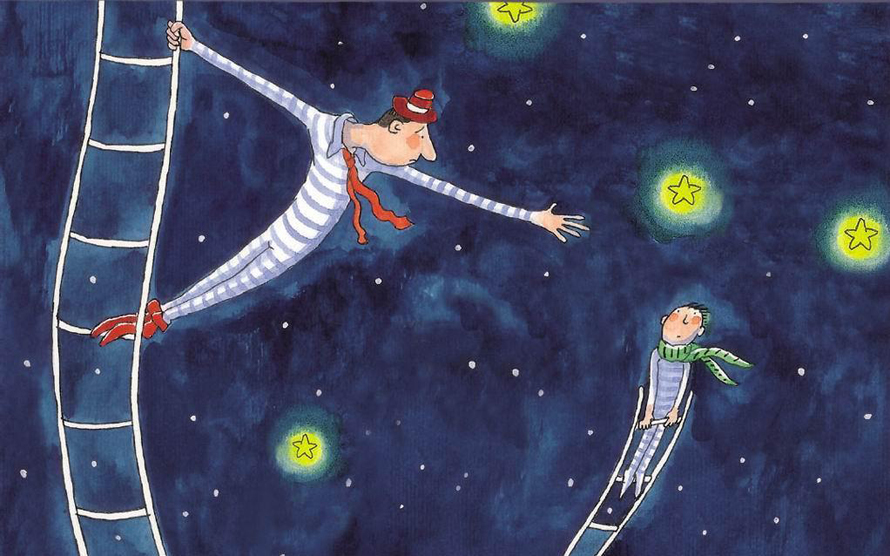
It is said that poetry in its early days is very often sang with music as almost every poem has its well-designed rhyme scheme to create a kind of “sound effect”. This “sound effect” does not merely give us a beauty of sound but also express the meaning and beauty of the artistic conception. For instance, “ Nature repeats herself, or almost does: repeat, repeat, repeat; revise, revise, revise.”(Cited from North Haven, Elizabeth Bishop, Line 19-20) Reading this line out, the rhythmical and dynamical repetition brings about a sense of vigor and life. The personified nature seems to make a confessional statement on its own changing process. In thinking further about this line, we may find that those “repeats” in the repetition contain at least two levels of meaning: one is used to respond to the previous verb “repeats” to repeat in form; the other is designed for mimicking the voice of nature to represent the repeatable and cyclic change of nature, which echoes the meaning of the verb “repeats”. And the repetition of “revise” further illustrates that nature changes not only in a repeatable way but also in a positive trend. Through this simple line, I can hear even experience the changing process of nature. By this token, through reading aloud, poetry can achieve the effect of “1+1>2” made by words and sounds when they mutually relate and interact with each other in an organic and systematic unity. Therefore, I strongly recommend you to read the poems out aloud, which enables you to feel the perfect blending of literal contents and auditory sensation.
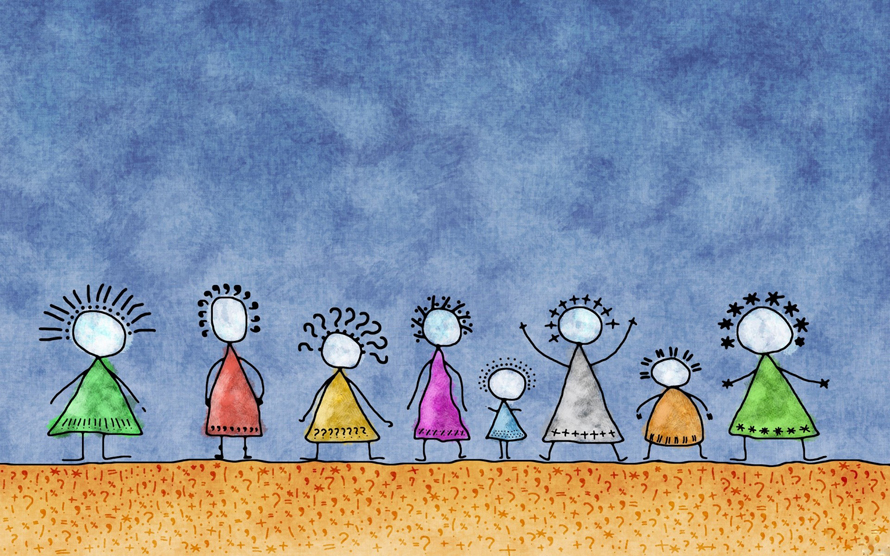
Reading poems could help wash away the “silly eye” (Ceremony, Richard Wilbur, Line 5) and give back our “infant sight”. (Over 2,ooo Illustrations and a Complete Concordance, Elizabeth Bishop, Line 74) In a sense, poetry is a kind of artistic visual symbol and language. For one thing, the overall structure and rhyme scheme of poems are very often carefully arranged; for example, the Ceremony’s structure as a whole is very ceremonious. According to the poem’s stanzas and meaning, Ceremony can be clearly divided into three parts, and each has six well-proportioned sentences. And in terms of rhyme scheme, Ceremony’s arrangement on the poetic elements is very regular just as within each stanza, the rhyme is varied in an ABCABC way. All these designs form a steady visual balance, symbolizing ceremony, stableness, and formality.

Moreover, in the last stanza, the words “wakefulness” and “dress” sound different but look very similar. This subtle eye rhyme also gives us a sense of visual pleasure. For another, with their “infant eyes” or “realist eyes”(Rock and Hawk, Robinson Jeffers, Line 17) poets allow us to visualize some common but different visions. In the Frau Bauman, Frau Schmidt, and Frau Schwartze, the greenhouse was filled with all kinds of beautiful flowers, and especially from that part “They trellised the sun”(Line 25) we can imagine the poet in his childhood raising his head and looked up at a unique sun through an interesting perspective, the trellises. This vivid picture reminds me of the memory of my happy and free childhood. In a word, in connection with our own imagination and memory, we shall see many magical, dramatic or thought-provoking pictures along with the poets’ deep emotion word. In those visions, we can be freed from all distracting thoughts, and our one eye simply bears the picture drawn by the poets, while the other looks on to the real world and our real life in a different light. In the course of this reexamination of life, our senses and our minds are expanded and purified.
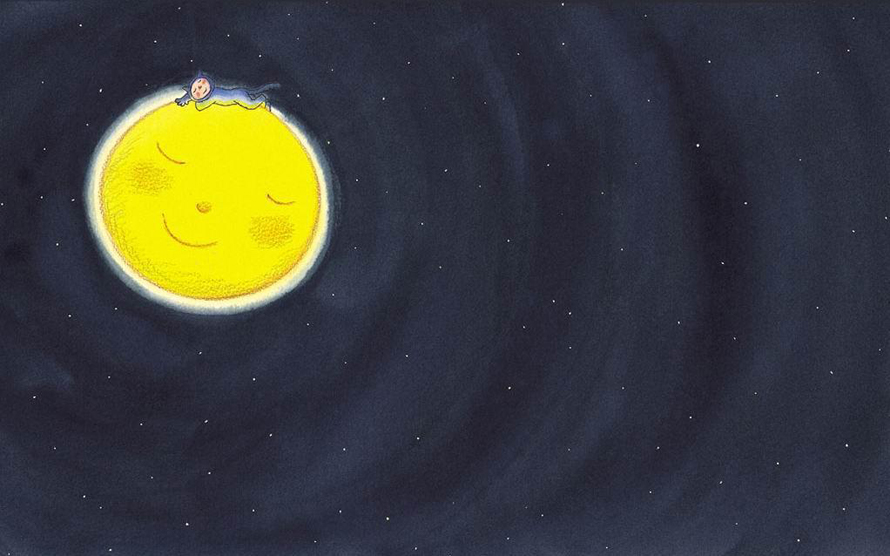
Through filling up all our senses, poetry makes it possible that there is no margin between the real life and the imaginative world. That is to say, to some extent, reality are more than substance, with which we come into direct contact in daily life; they are also those symbolic visions and visual associations, which are similar to the real world, represented by the poetry. Thus poetry makes a full man rather than one-dimensional one as we can sample different dimensions of life in the poetic “double vision” with our emancipated and purified senses. Since life is a poem and poetry is a life, let’s sing it aloud:
Poetry--You fill up my senses
Come fill me again
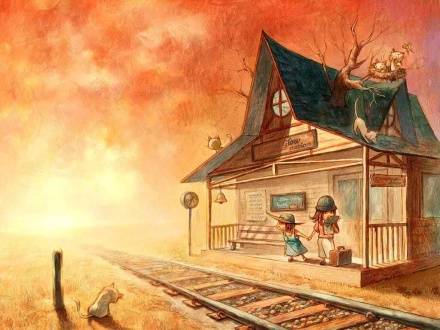
Edited by: Choisum Kwok